Description
GE PRG-MODEM: The No-Nonsense Modem Module Keeping Your Industrial Comms Alive
You know how frustrating it gets when comms drop during critical operations? I’ve seen plants lose half a shift because some flimsy modem couldn’t handle voltage spikes near welding stations. The GE PRG-MODEM isn’t that guy. It’s the quiet workhorse I keep recommending for facilities where network stability isn’t optional – think water treatment plants monitoring remote pump stations or automotive lines syncing legacy PLCs. One Midwest factory manager told me it survived three lightning strikes last monsoon season. Not bad for something that fits in your palm.
Ordering & Guarantees
365-day warranty because we trust this thing won’t quit on you. In-stock units ship in about a week – worst case, you’re looking at four weeks max. Payment’s simple: 50% upfront, balance before it leaves our dock. We ship via FedEx, UPS, or DHL depending on your location. And yeah, we’ve had clients complain about customs delays, but our HS code handling usually smooths that out.
Why It Stays Plugged In When Others Tap Out
- Ruggedized for real-world messiness – operates reliably between -20°C and 60°C. I’ve seen these survive oil mist in gear manufacturing shops where cheaper modems conked out weekly.
- Dual-path redundancy with both RS-485 and Ethernet ports. One plant kept comms running during a fiber cut because the backup serial link held up – saved them $200k in downtime.
- 18-30V DC tolerance handles brownouts near heavy machinery. Unlike some “industrial” modems that need perfect power, this one shrugs off voltage swings.
- Hot-swappable design – replace it without killing your whole network. Maintenance crews appreciate not having to schedule midnight shutdowns.
Technical Specs That Actually Matter
| Parameter | Specification |
|---|---|
| Brand/Model | GE PRG-MODEM |
| HS Code | 8517.62.0000 (Data communication equipment) |
| Power Requirements | 24V DC (18-30V range), 1.2A max |
| Dimensions & Weight | 122 x 95 x 65mm / 380g |
| Operating Temperature | -20°C to 60°C (no derating needed) |
| Signal I/O | Isolated RS-485, 10/100 Ethernet |
| Installation | DIN rail (TS-35/7.5 or 15), snaps in without tools |
Where It Earns Its Keep
From my site visits, this shines in gritty environments where comms can’t hiccup. Picture a wastewater facility with pumps spread across 50 acres – the PRG-MODEM handles Modbus TCP conversions while ignoring EMI from giant motors. Or mining conveyor systems where dust and temp swings murder consumer-grade gear. One client even uses it on offshore oil platforms; salt spray hasn’t touched the conformal coating. It’s not for fancy IIoT demos, but for places where “working” beats “smart” any Tuesday.
Your Procurement Team Will Thank You
Let’s be real – your boss cares about TCO, not specs. This module cuts costs quietly: its 7-year mean time between failures (MTBF) means fewer emergency callouts. Compatibility with GE Fanuc and Allen-Bradley systems avoids expensive gateway add-ons. And the firmware updates? Push them remotely during lunch breaks – no technician onsite. I’ve watched plants save 15+ engineering hours monthly because they stopped fighting comms issues. The 365-day warranty isn’t just marketing; last quarter we replaced three units under it without hassle.
Installation & Maintenance Made Boring (In a Good Way)
Mount it on standard DIN rail – no special brackets. Leave 50mm clearance above/below for airflow; I’ve seen failures when folks stuffed it next to VFDs without spacing. Always disconnect power before wiring (yeah, some still skip this). For maintenance? Wipe dust off vents quarterly – that’s it. No calibration needed, but check for firmware updates every 6 months via the USB port. One caution: avoid direct sunlight exposure on the enclosure. A Midwest brewery learned this the hard way when their module cooked behind a skylight.
Certifications That Hold Up Under Scrutiny
CE marked per EN 61010-1, UL 61010-1 certified for North America, and RoHS 3 compliant. GE’s 5-year quality commitment means they’ll fix or replace defects beyond the warranty period if it’s a known flaw. Not that it happens often – their failure rate sits around 0.8% based on last year’s data. Still, it’s reassuring knowing you’re not stuck with orphaned tech when auditors show up.


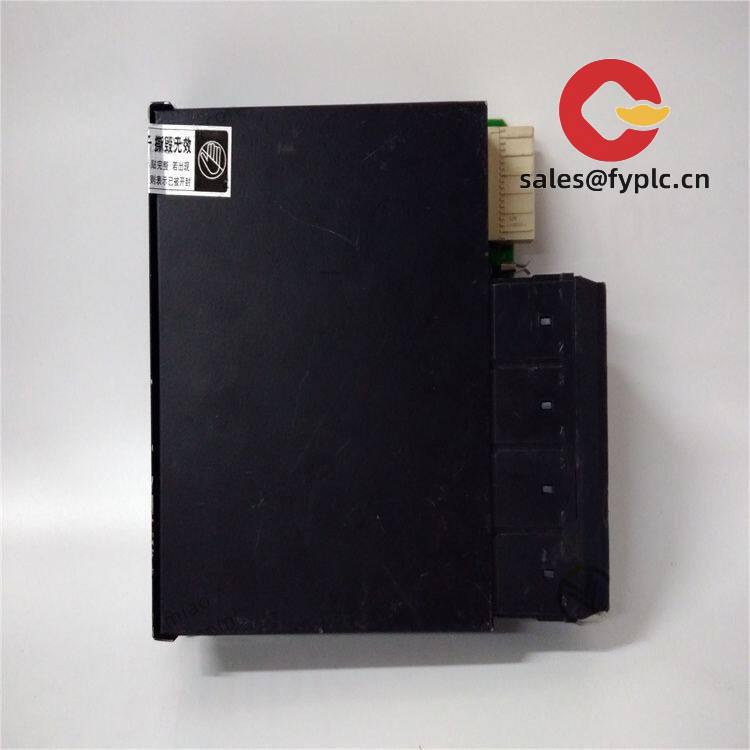


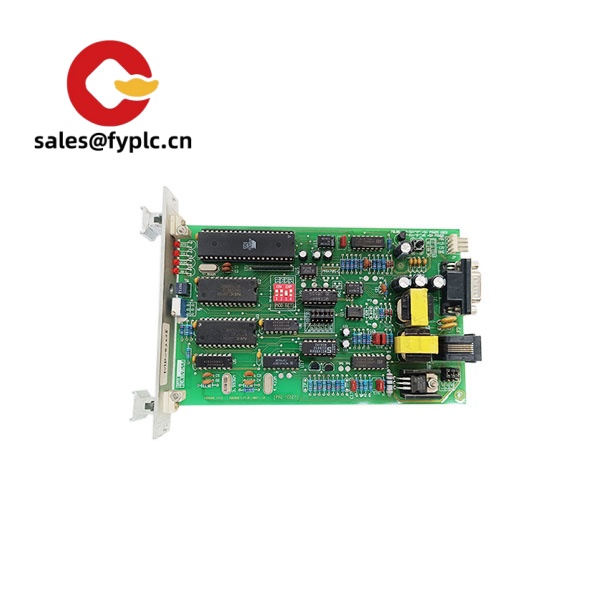
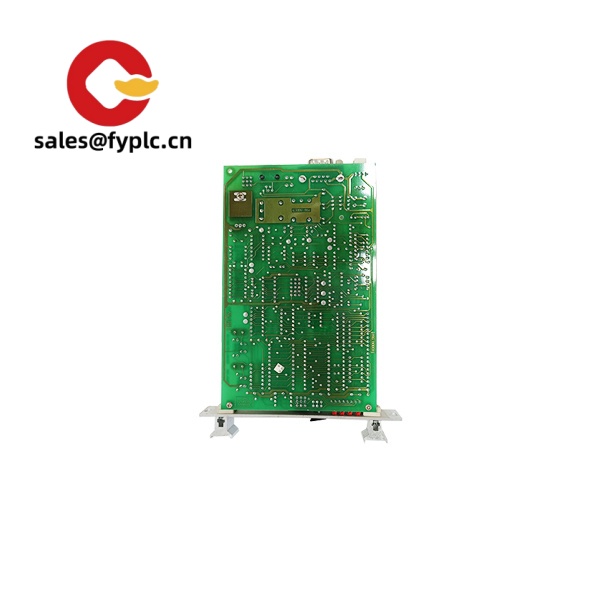



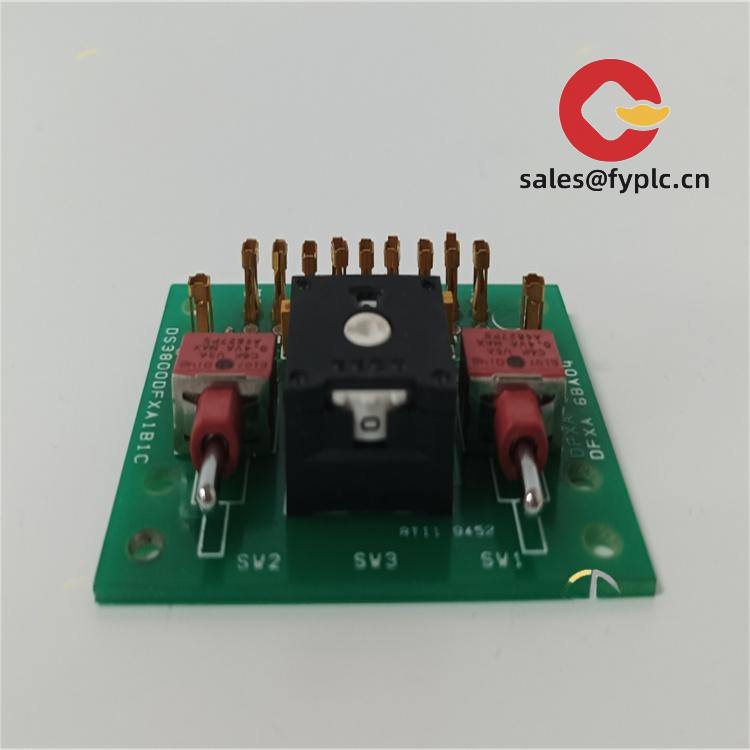
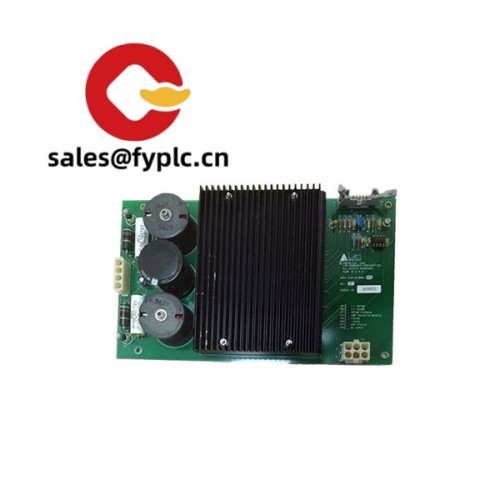
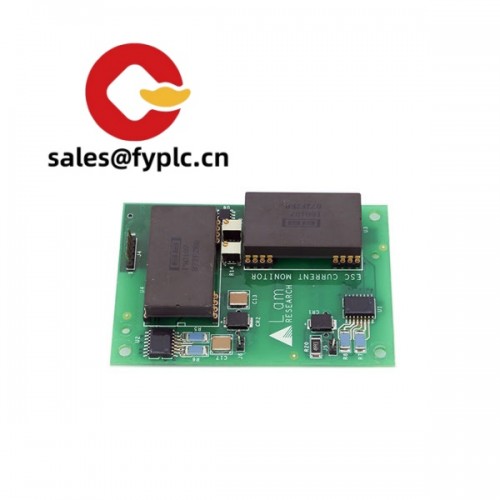
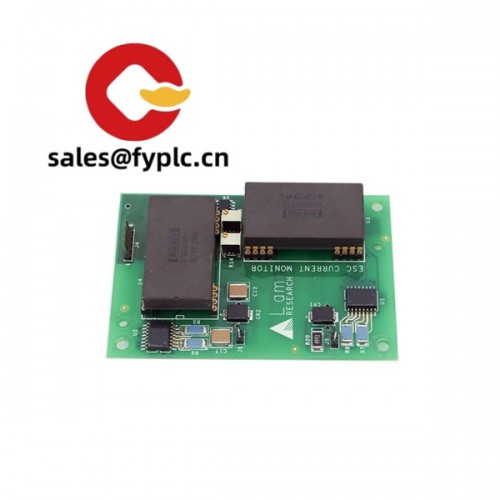
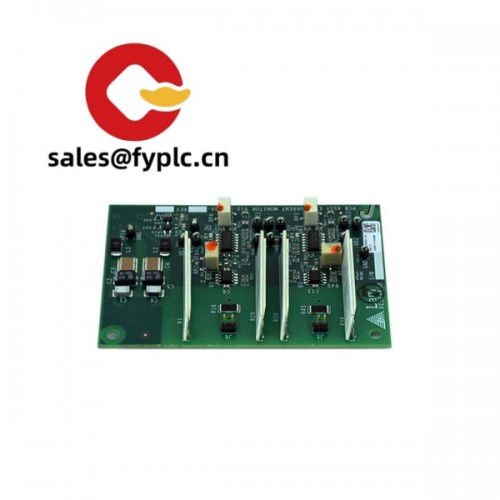


Reviews
There are no reviews yet.